Water and Wastewater Systems Analysis
This book provides a sound basis for analysing water supply schemes from the point of view of water quality. A systematic approach to decision making in water resources planning is presented with particular reference to wastewater re-use. Methods for deciding between recycling, purification or use of river water are given. The problems of poor quality water are documented and alternatives suggested, including management in a way to achieve objectives in the most economic manner.Various methods of system simulation and optimization are applied in a number of case studies. Methods of analysis and numerical methods are described, as well as the basis of pollution and water quality. The economics of desalination are also discussed. The examples studied range from regional supplies to internal re-circulation. Groundwater and artificial recharge are considered, and stormwater quality and sewerage systems are also covered. Computer applications exist throughout and a number of simulation and optimization programs in BASIC are presented. The necessity for scientific sampling procedures in monitoring water quality, an often ignored subject, was written by Professor Tom Sanders of Colorado State University.The theory and case studies should prove of value in many aspects of planning the use of water resources with quality constraints. Wastewater re-use and conservation are therefore promoted by the approach adopted.
{{comment.content}}
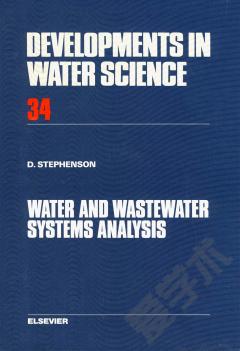
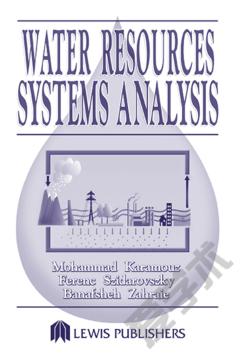

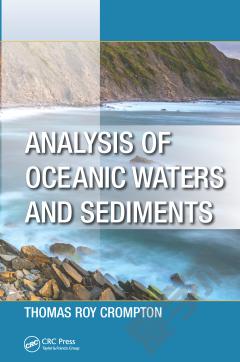
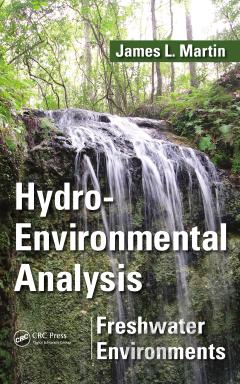

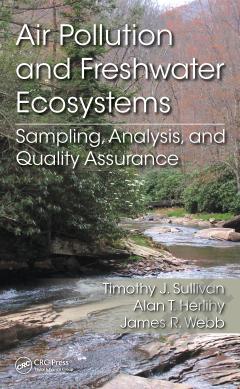

 京公网安备 11010802027623号
京公网安备 11010802027623号